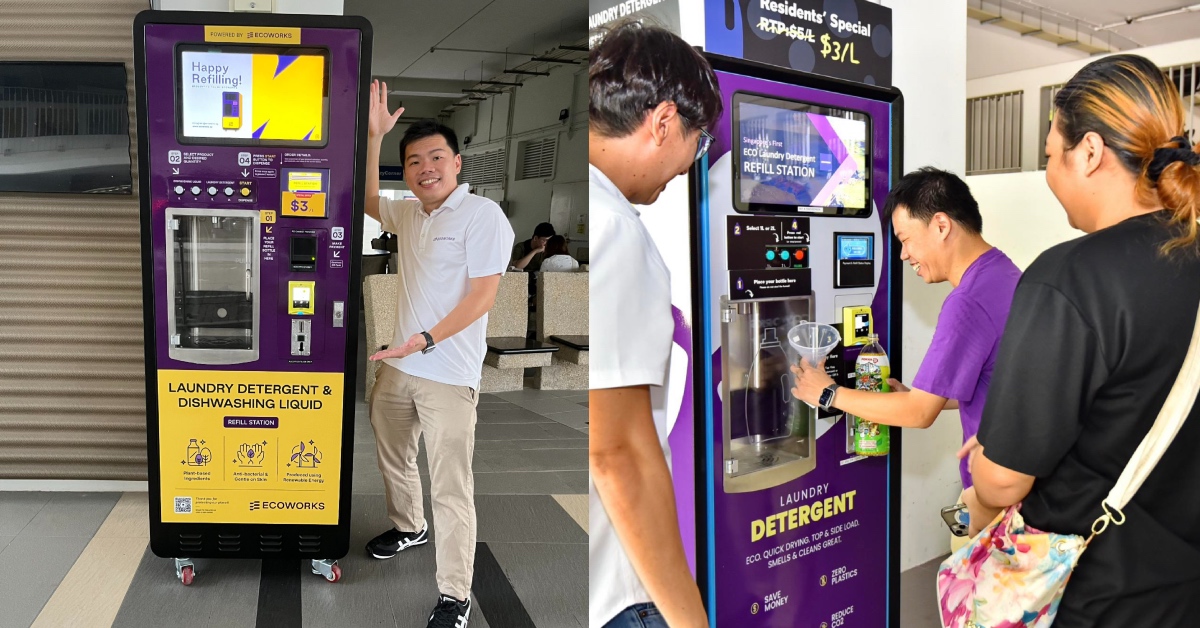Grab announces its own mapping and location service ‘GrabMaps’, powered by community mapping
This helps Grab's driver and delivery partners better navigate Southeast Asia's many small roads, which do not appear on other maps.

Grab announced today (June 8) the launch of GrabMaps, the company’s own mapping and location-based service.
Called GrabMaps, it will focus on areas where Grab operates in Southeast Asia, and is meant to help Grab’s driver and delivery partners in the region.
“Grab has always sought to build innovative tech that addresses Southeast Asia’s hyperlocal needs and GrabMaps is a great example of that. The back alleys and narrow side streets common across Southeast Asia cities often don’t show up on conventional maps, but are navigated by our driver and delivery partners every day,” said Tan Hooi Ling, co-founder of Grab.
Grab hopes to be “self-sufficient” with GrabMaps by Q3 2022
GrabMaps will enable Grab to better optimise routes for driver and delivery partners, provide better estimates for customers as to their time of arrival, and help Grab better allocate partners for ride and delivery requests.
According to Grab, GrabMaps had an error rate four times lower and 10 times lower latency when compared against a leading third party mapping provider.
In addition, GrabMaps helps customers more easily locate points of interest for transport bookings, and travel times has decreased as much as 7.8 percentage points.
Grab attributes this improvement to its different approach to mapping. While many maps rely on satellites, GrabMaps uses a new approach of community-based mapping, which allows consumers and partners to provide real-time feedback and knowledge to contribute to mapping and tagging locations on Grab.
The service is already available in seven of the eight countries that Grab operates in, and Grab expects to be fully self-sufficient with GrabMaps by the third quarter of this year.
GrabMaps will also be made available to enterprises, and offered as a B2B solution for various purposes. Companies can license the data from Grab, or use their map-making tools in a software-as-a-service model. This includes Grab’s own map-making camera, Kartacam.
 Grab’s Kartacam / Image Credit: Grab
Grab’s Kartacam / Image Credit: Grab“We’re very proud that soon we will be fully self-powered by our own mapping and location-based technology. Commercialising this technology is another step forward for our young, but fast-growing Enterprise and New Initiatives business,” added Tan.
Featured Image Credit: Grab

 MikeTyes
MikeTyes 
































